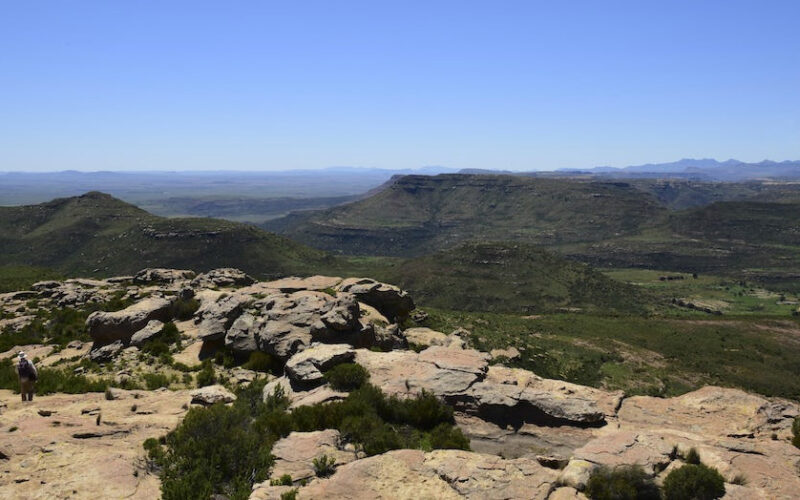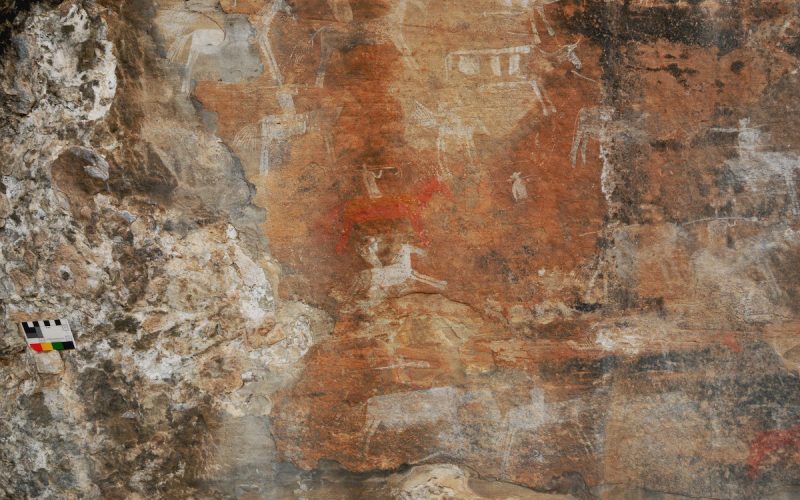
Unicorns in southern Africa: the fascinating story behind one-horned creatures in rock art
ONE-HORNED creatures are found in myths around the world. Although unicorns in different cultures have little to do with one another, they have multiple associations in European thought. For example, the Roman natural historian Pliny the Elder wrote about unicorns in the first century AD. The unicorn features in both medieval Christian and Celtic beliefs and is Scotland’s national animal. The unicorn’s prominence in European culture spread across the globe with colonisation. DAVID M. WITELSON, Postdoctoral research fellow, University of the Witwatersrand In southern Africa, colonial European ideas encountered older indigenous beliefs about one-horned creatures. I’ve highlighted this in a…

